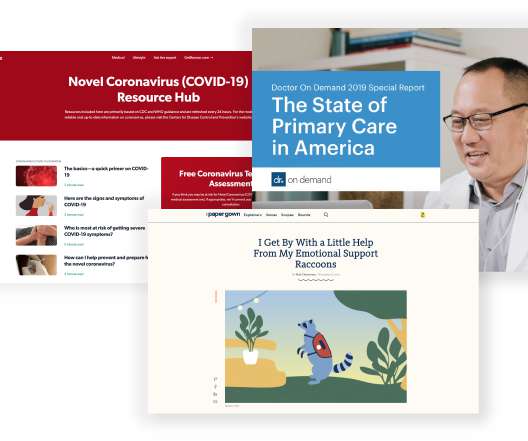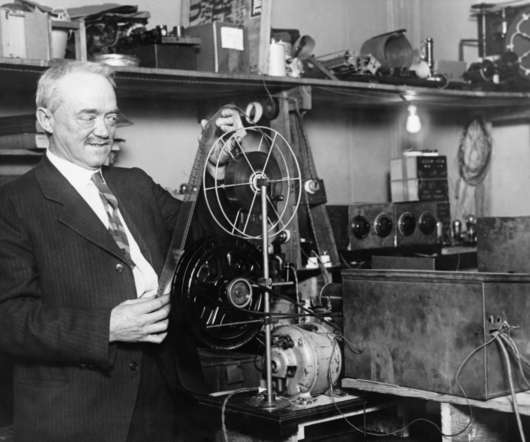Art and Science: The Three Pillars of Storytelling Mapped to Data
Cision
APRIL 27, 2017
People who work in the marketing communications field have grappled with a very existential question in recent years: If marketing comms is becoming a more data-driven profession, then what happens to the art of storytelling I’ve cultivated my whole career? The science of data and the art of storytelling shouldn’t be mutually exclusive.














































Let's personalize your content